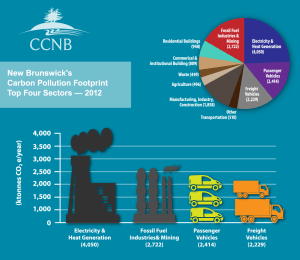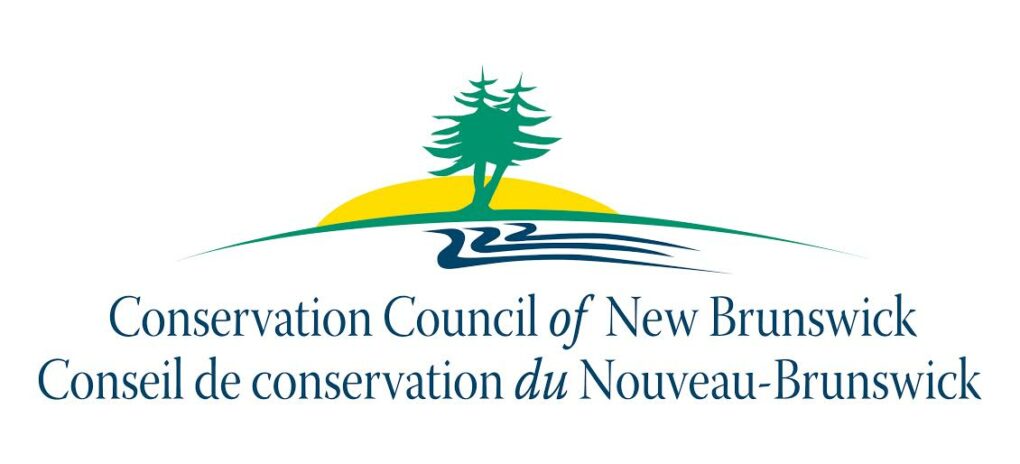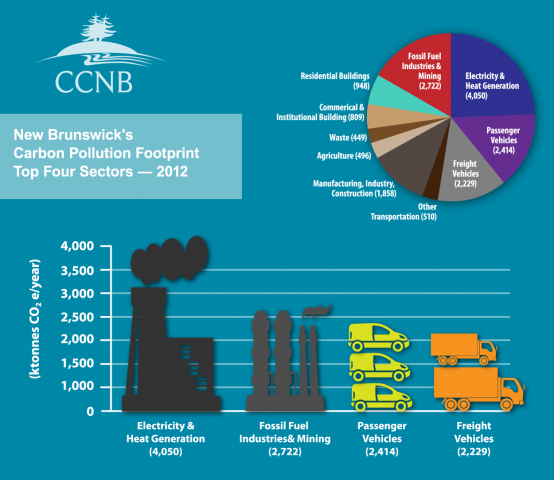Three things to watch for in a Premiers-Lead Canadian Energy Strategy
Premiers are expected to release their Canadian Energy Strategy at this week’s Council of the Federation meeting in St. John’s, Newfoundland.
Established in 2012, the Canadian Energy Strategy Working Group is co-chaired by Newfoundland and Labrador Premier Paul Davis, Manitoba Premier Greg Selinger, Alberta Premier Rachel Notley, and New Brunswick Premier Brian Gallant.
In the absence of a national energy policy that would lead Canada forward on the transition to a lower carbon economy, and without the cooperation of the federal government on plans to reduce the country’s carbon pollution, the Premiers work could provide leadership on three priority actions:
- Significantly advancing investments in energy efficiency.
- In NB, for example, government could see a net increase in GDP of between $3-6 for every dollar spent on programs that reduce home and business electricity and energy use. The most aggressive scenario would generate $5.9 billion in GDP (over the study period — 2012-2040).
- Acadia Centre’s** modelling, presented to energy ministers last year, showed that in NB energy efficiency would create between 22-51 job-years/$Million of program spending. The most aggressive scenario would generate a maximum of 2,900 jobs (or a total of 48,000 job-years over the study period).
- Under one of the national scenarios in the Acadia Centre study, the net increase in NB government tax revenue is $21 million/year.
- Significantly advance the growth of renewable and low-impact energy sources.
The provinces should collectively move forward from merely noting their current renewable energy targets in the new strategy.
-
- In NB for example, that would mean establishing goals, priority actions and programs under the recently announced regulations to the Electricity Act.
- The national strategy could get some NB legs if the NB government committed to:
- phasing out (coal and oil) from the electricity sector by 2025
- meeting the 40% renewable energy portfolio standard by 2020 in NB
- increasing the commitment to community-scale renewable energy in the Integrated Resource Plan from 75 MW
- expanding and maintaining cost-effective and environmentally responsible sources of hydroelectricity (i.e., Grand Falls; Mactaquac or equivalent replacement)
- establishing time of use rates and net metering that compensates rate payers for their net contribution to the grid on an annual basis and use feed-in-tariffs to support competitive community energy projects
- Investigating job creation and climate care benefits of Belledune conversion to biomass
- Promising no short cuts for pipelines
Protecting the climate requires phasing out fossil fuels. Every new dollar of investment in energy infrastructure must be in clean, renewable energy. Premiers are in denial if they believe that you can protect the climate while expanding the oil sands and building new pipelines.
- For NB this means tackling our fossil fuel use in transportation and updating the Climate Action Plan by developing an electric vehicle adoption strategy.
 What is NB’s emission profile? Interesting facts
What is NB’s emission profile? Interesting facts
- After Saskatchewan and Alberta, New Brunswick has the largest per capita emissions of greenhouse gases
- Electricity generation makes up 30 per cent of NB carbon pollution *
- Industry makes up 29 per cent of NB emissions
- Transportation makes 27 per cent of NB emissions
- Buildings make up about 9 per cent of NB emissions
From the Climate Change Action Plan update, released in June, 2014. http://www2.gnb.ca/content/dam/gnb/Departments/env/pdf/Climate-Climatiques/ClimateChangeActionPlan2014-2020.pdf
** You can find the Acadia Centre’s report here: http://acadiacenter.org/wp-content/uploads/2014/11/ENEAcadiaCenter_EnergyEfficiencyEngineofEconomicGrowthinCanada_EN_FINAL_2014_1114.pdf

